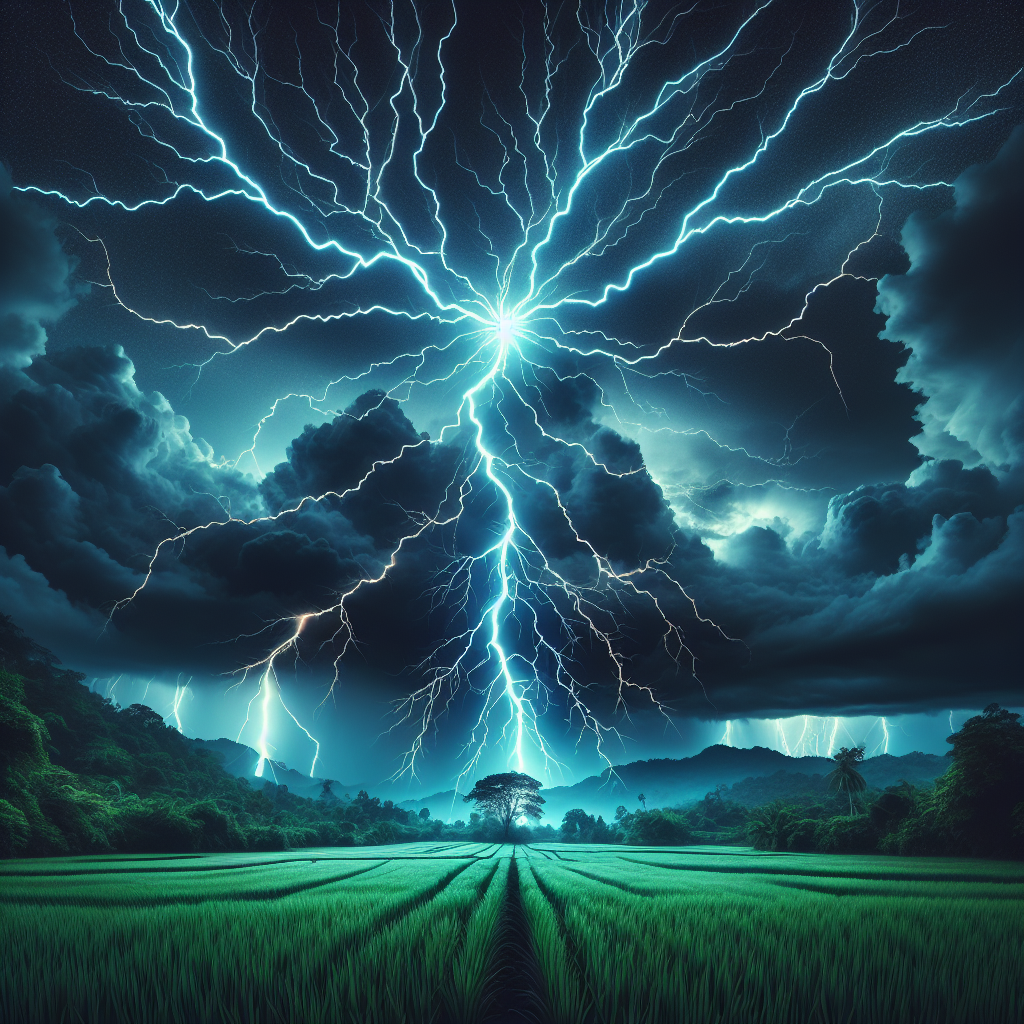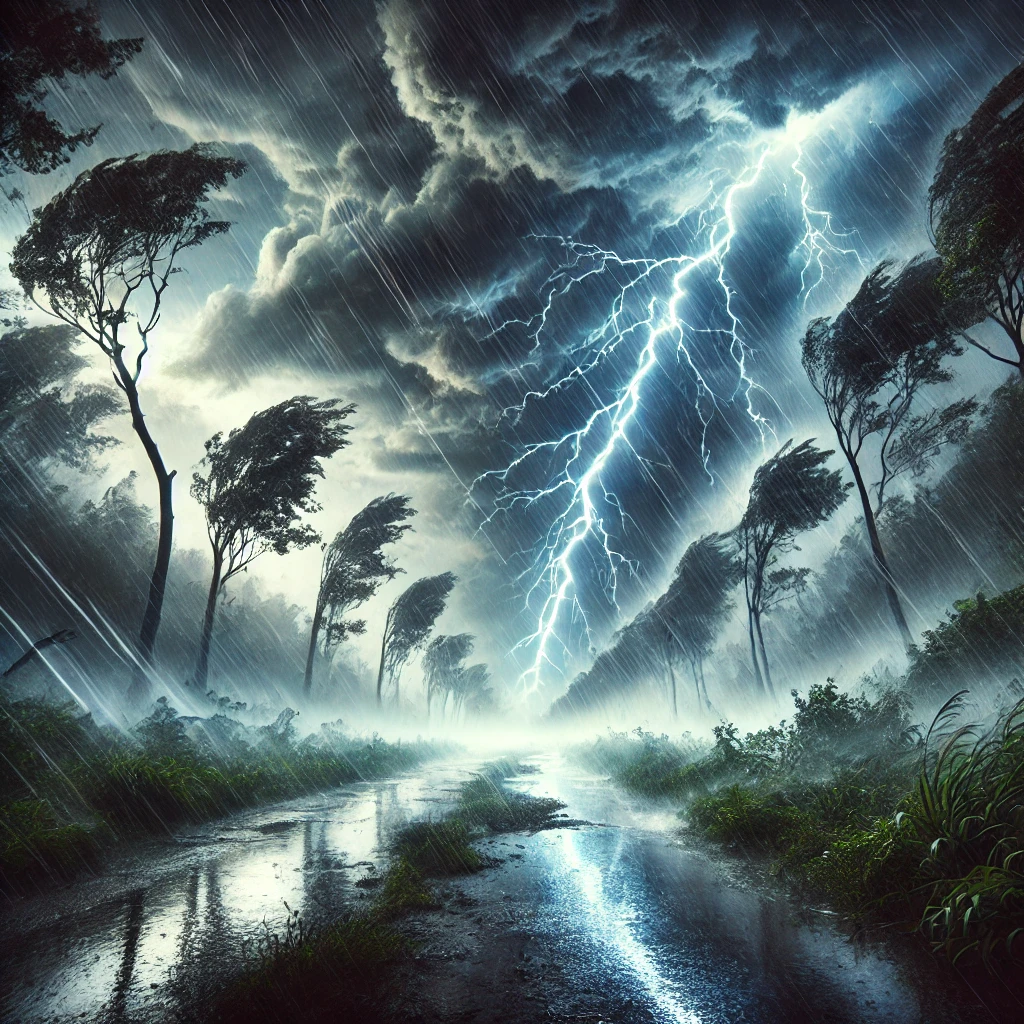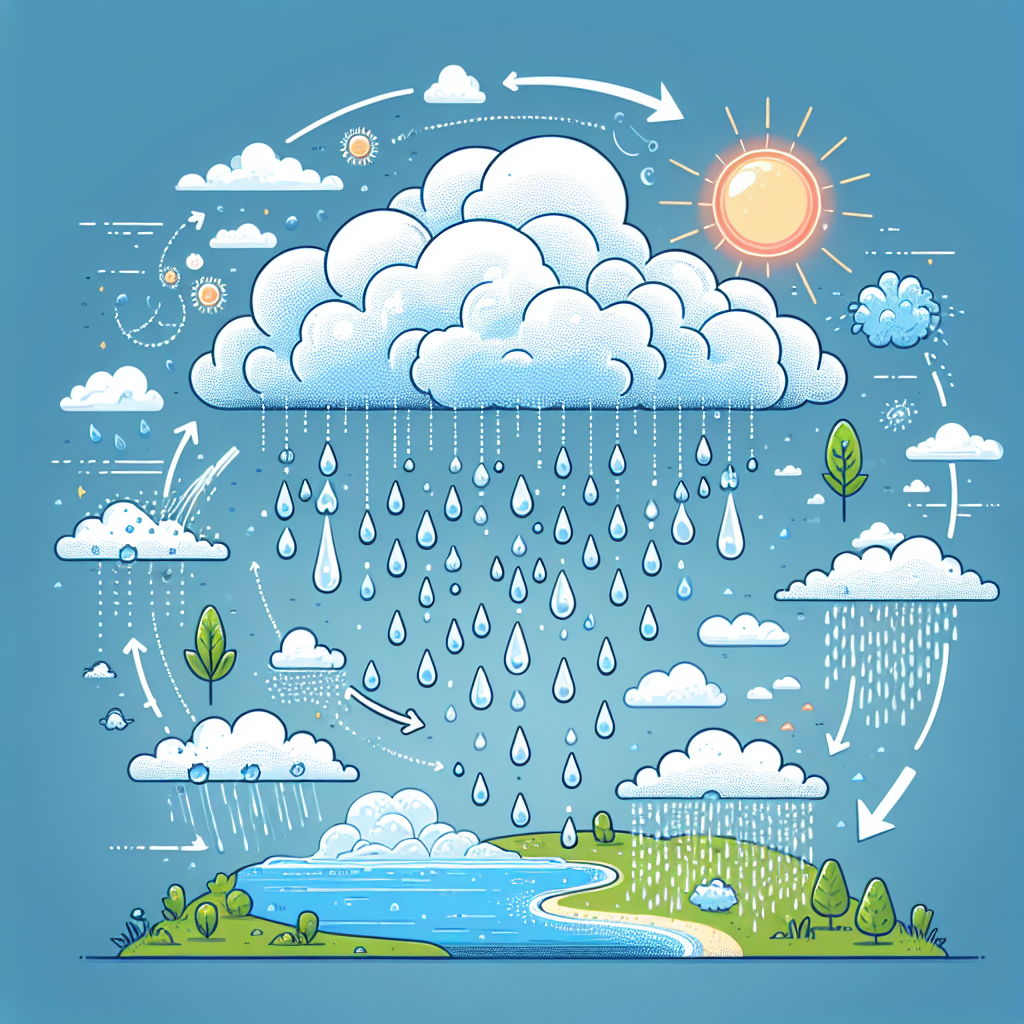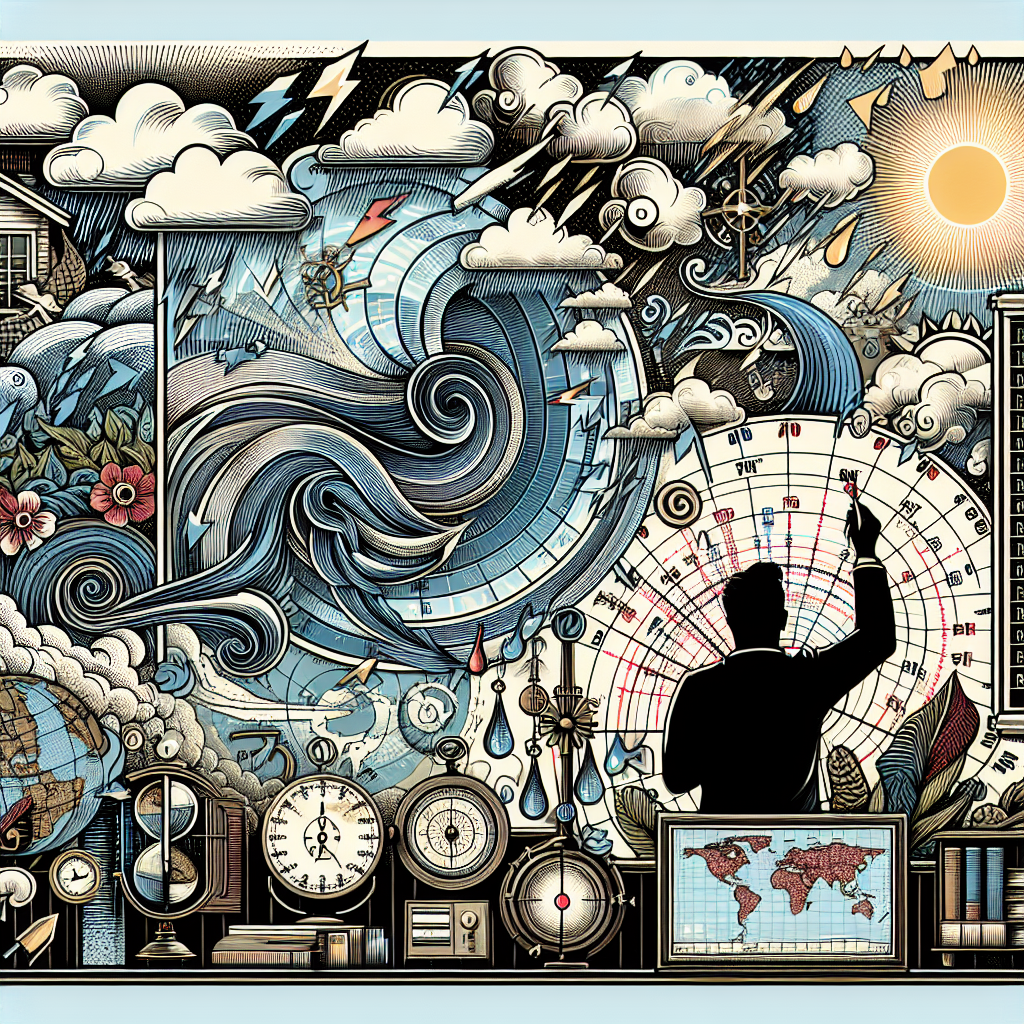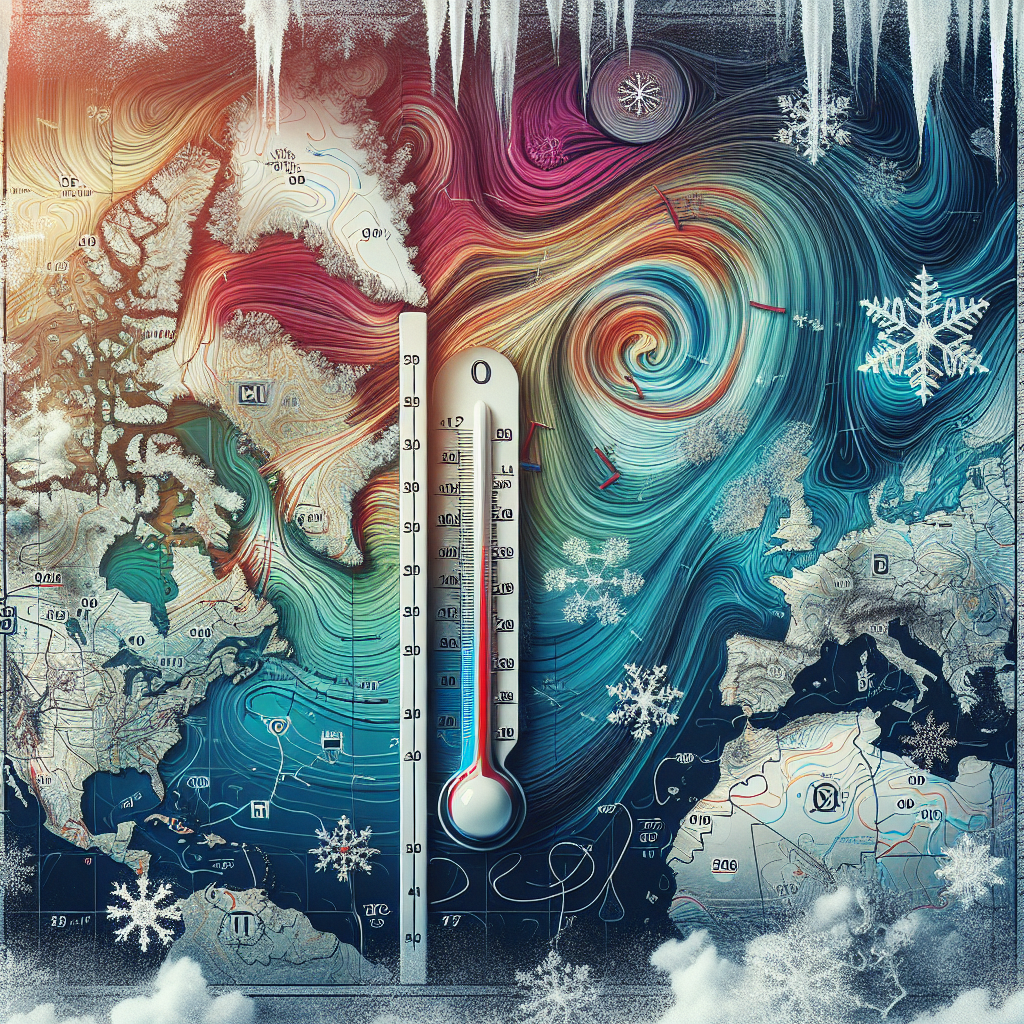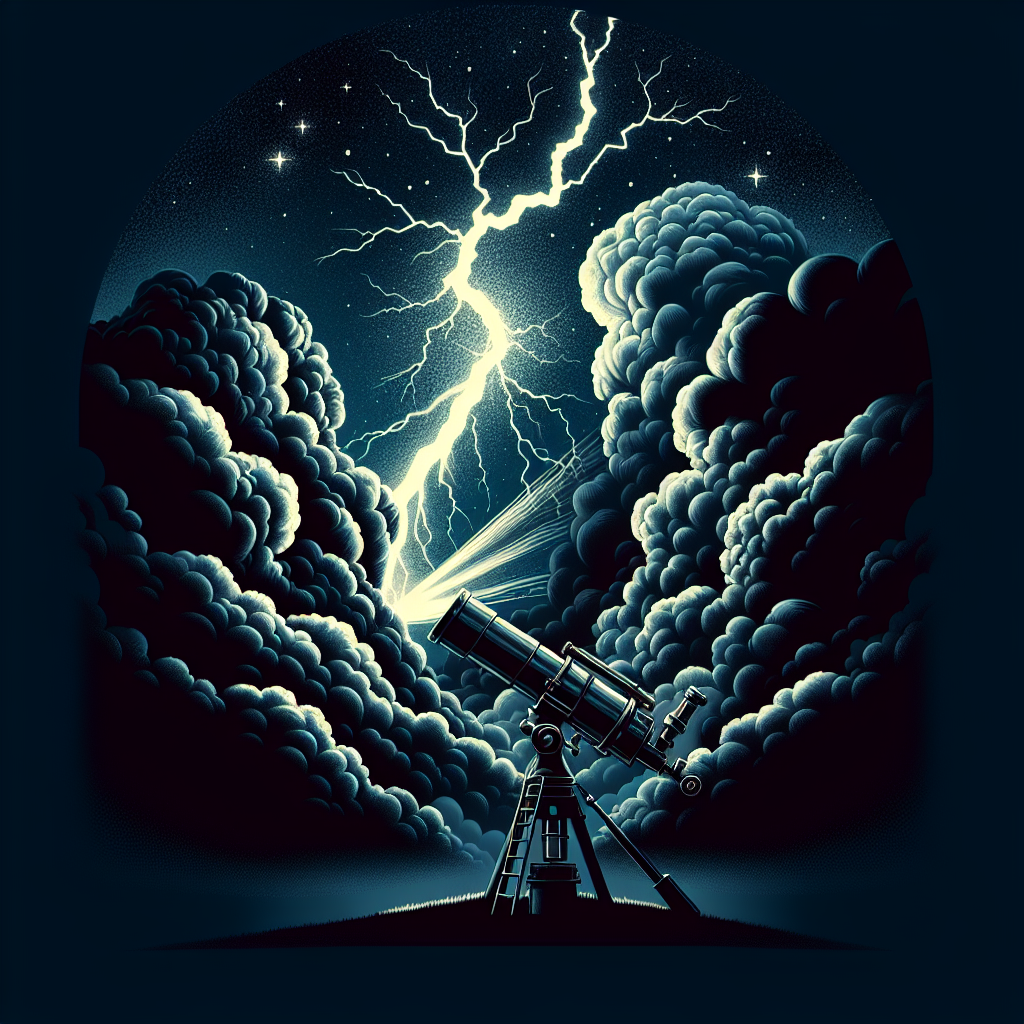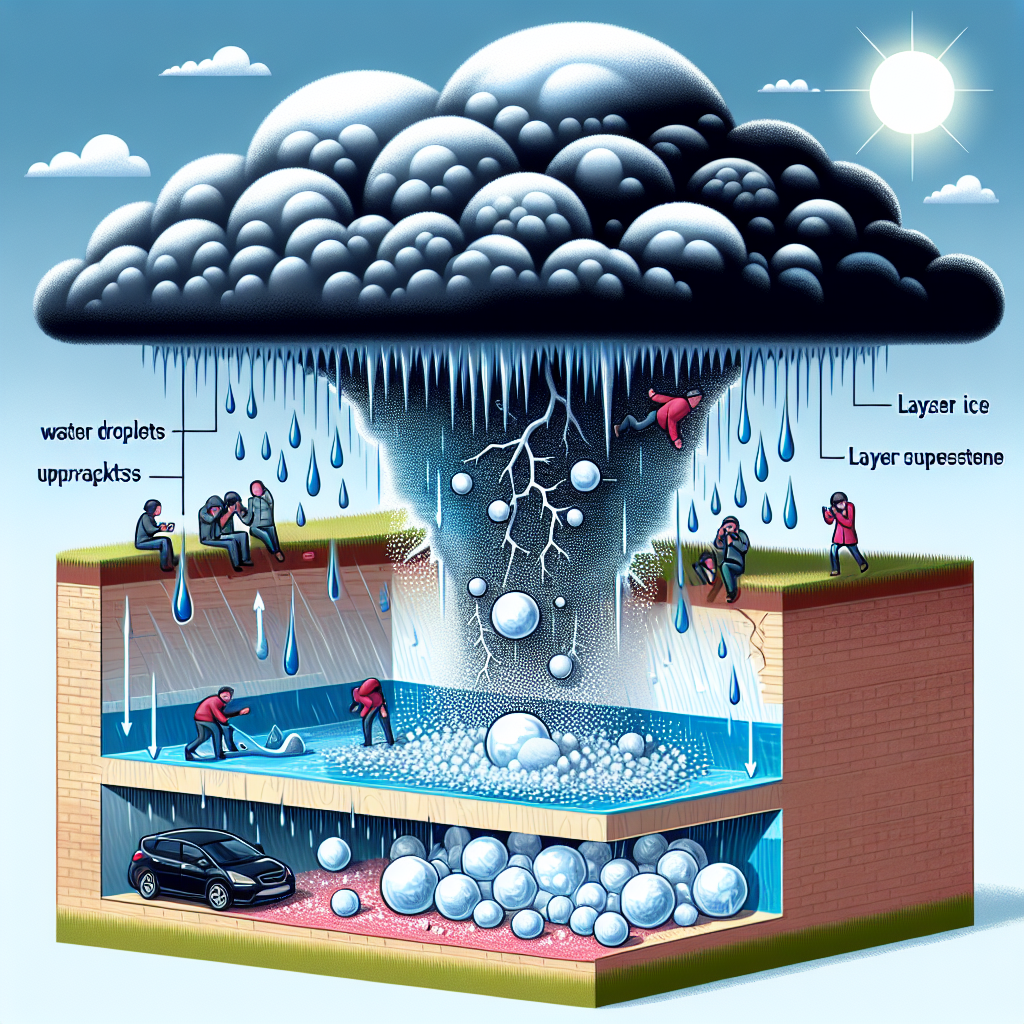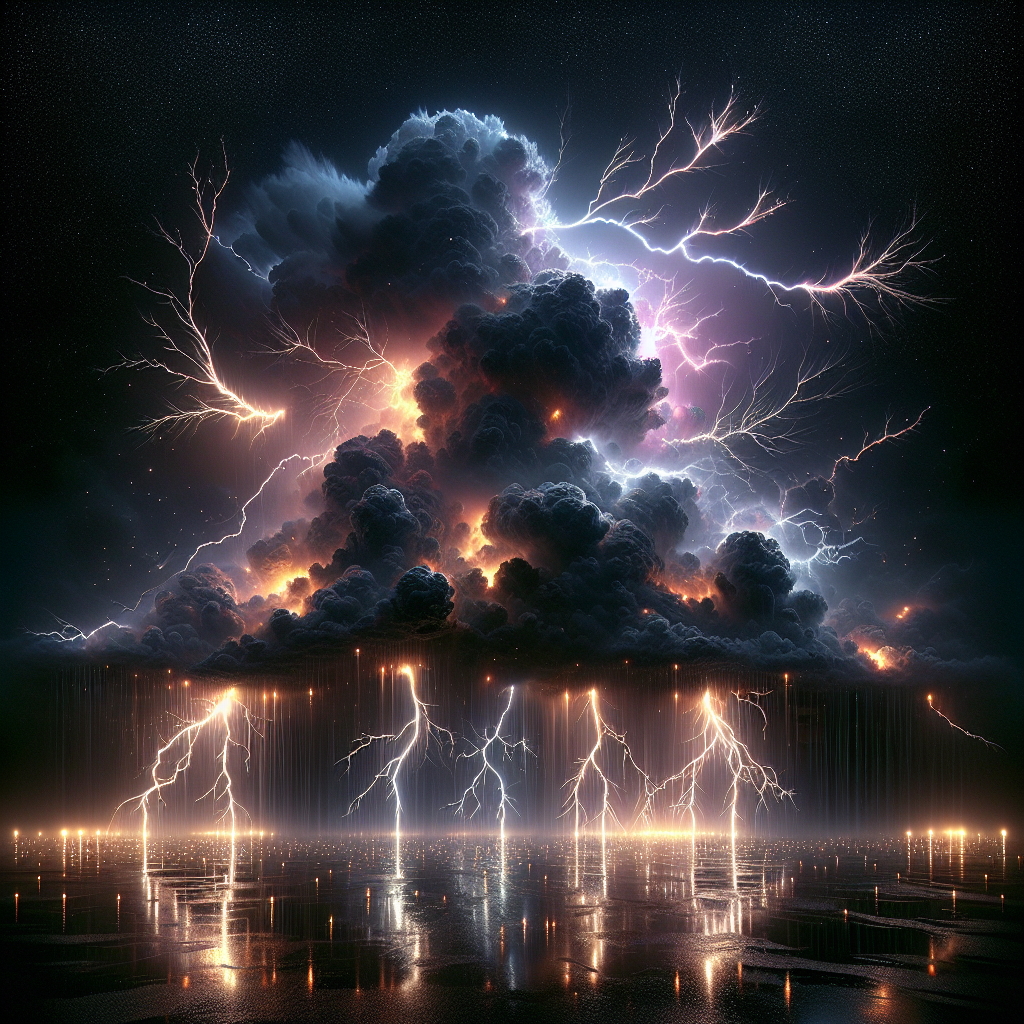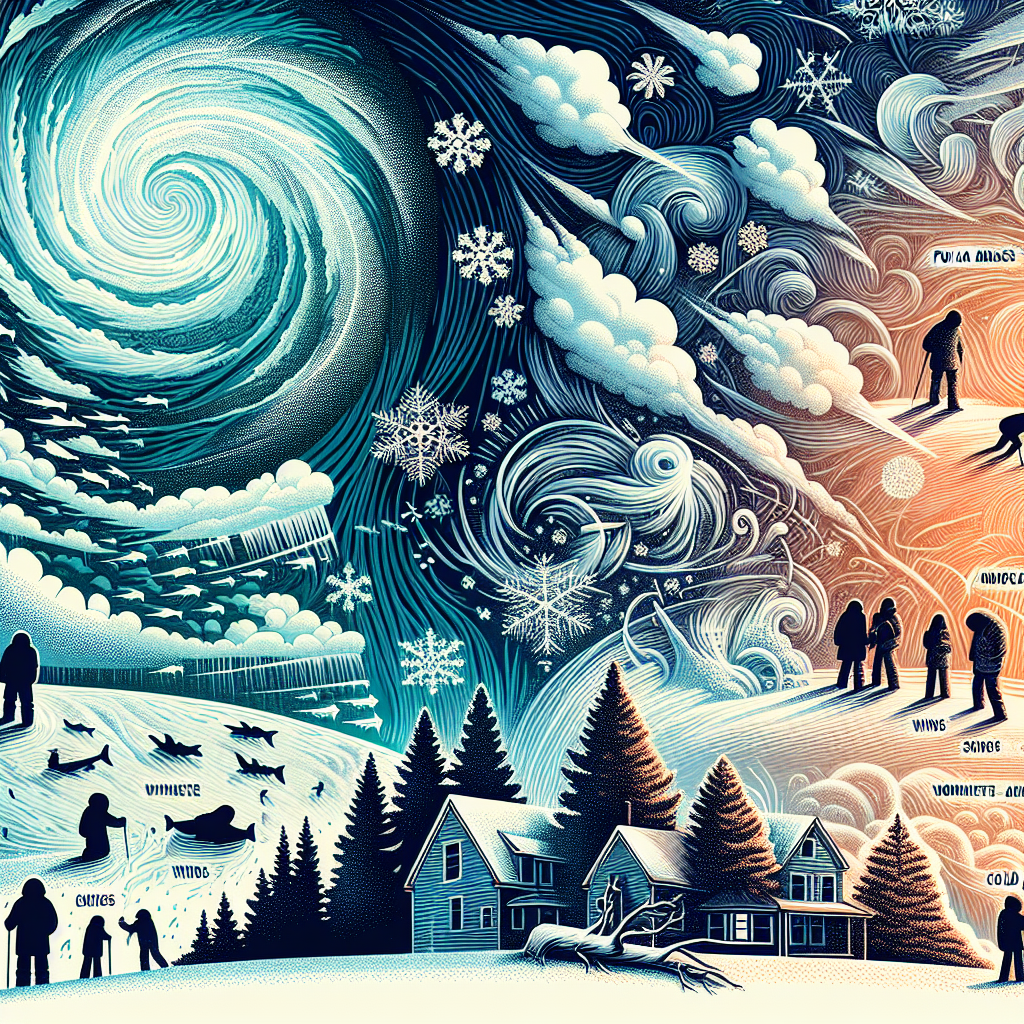Lightning: The Fascinating Science Behind This Natural Phenomenon
Charge Separation: The Foundation of Electric Fury
The dazzling display of lightning, an electrical discharge in the atmosphere, begins with a fundamental process: charge separation within clouds. This isn’t a uniform electrification; instead, positive and negative charges segregate, creating a potent electrical potential. While the precise mechanisms are still debated, several prevailing theories contribute to our understanding.
One prominent theory involves collisions between ice crystals, graupel (soft hail), and supercooled water droplets within cumulonimbus clouds. As these particles collide, electrons are transferred. Heavier particles, such as graupel, tend to acquire a negative charge and fall towards the lower regions of the cloud due to gravity. Lighter ice crystals, now positively charged, are lofted to the upper reaches of the cloud by strong updrafts. This differential movement results in a polarized cloud, with a predominantly negative charge concentrated in the lower portion and a positive charge accumulated higher up.
Another factor influencing charge separation is convection. Warm, moist air rises within the cloud, carrying with it positive ions. As this air rises and cools, condensation occurs, forming precipitation. The falling precipitation interacts with the ascending air currents, further contributing to the separation of charges.
The presence of freezing rain also plays a role. As freezing rain falls through the cloud, it can interact with ice crystals. This interaction can lead to the transfer of electrons, adding to the negative charge accumulation in the lower part of the cloud.
Regardless of the precise mechanisms, the end result is a significant electrical potential difference between different regions of the cloud, and between the cloud and the ground. This potential difference can reach hundreds of millions of volts, creating the conditions necessary for lightning to occur.
Stepped Leaders: The Pathfinding Spark
Once the electrical potential within the cloud reaches a critical threshold, a process called a stepped leader initiates the lightning strike. A stepped leader is a channel of ionized air that propagates downwards from the negatively charged region of the cloud towards the ground. It doesn’t move continuously, but rather in a series of discrete steps, each approximately 50 meters long.
The stepped leader is invisible to the naked eye. It propagates in a somewhat erratic, branching fashion, effectively “feeling” its way towards the path of least resistance. The air ahead of the stepped leader is not yet a good conductor of electricity, so the leader ionizes a pathway as it moves, creating a conductive channel.
The stepped leader is negatively charged and carries a significant electric potential. As it approaches the ground, it induces a positive charge buildup on objects below, such as trees, buildings, and even the ground itself.
The path taken by the stepped leader is influenced by several factors, including the local electric field, atmospheric conditions, and the presence of conductive objects on the ground. Areas with sharp points, such as trees or lightning rods, are more likely to attract the stepped leader due to the concentration of electric charge at those points.
The Upward Streamer: Meeting the Charge
As the stepped leader nears the ground, the intense electric field it generates causes upward-moving discharges, called upward streamers, to rise from objects on the ground. These streamers are positively charged and represent the ground’s response to the approaching negative charge of the stepped leader.
The upward streamer that connects with the stepped leader determines the point of contact for the lightning strike. The first streamer to make contact completes the conductive path between the cloud and the ground. This connection is often referred to as the “attachment process.”
The strongest electric field, and therefore the most likely point for an upward streamer to originate, is usually from tall, pointed objects. This explains why lightning frequently strikes trees, towers, and other elevated structures. The presence of a lightning rod provides a designated, low-resistance path for the streamer, diverting the lightning strike away from more vulnerable parts of a building.
The Return Stroke: The Brightest Flash
The moment the upward streamer and stepped leader connect, a surge of electric current, known as the return stroke, propagates rapidly upwards along the ionized channel created by the stepped leader. This is the most visible and spectacular part of the lightning strike.
The return stroke travels at speeds approaching one-third the speed of light and can carry currents of tens of thousands of amperes. The intense heat generated by this massive flow of current causes the air surrounding the channel to expand rapidly, creating the thunder we hear.
The return stroke neutralizes the charge imbalance between the cloud and the ground. The negative charge that had accumulated in the stepped leader is rapidly discharged, flowing towards the cloud. This discharge process illuminates the entire channel previously created by the stepped leader, resulting in the bright flash of lightning.
Dart Leaders and Subsequent Strokes: A Recurring Phenomenon
A single lightning flash is often composed of multiple strokes. After the initial return stroke, the charge distribution within the cloud may still be unstable. If sufficient charge remains, another discharge, called a dart leader, can propagate down the existing ionized channel.
Dart leaders are different from stepped leaders in that they travel along a pre-existing path. They move more quickly and smoothly, without the discrete steps characteristic of the initial leader.
Upon reaching the ground, the dart leader triggers another return stroke, similar to the first but often less intense. This process can repeat several times within a fraction of a second, creating the flickering effect sometimes observed in lightning flashes. Each subsequent stroke contributes to the overall energy and duration of the lightning discharge.
Types of Lightning: Beyond the Cloud-to-Ground Strike
While cloud-to-ground lightning is the most familiar type, lightning can also occur within clouds (intra-cloud lightning), between clouds (inter-cloud lightning), and from clouds to the air surrounding them (cloud-to-air lightning).
Intra-cloud lightning is the most common type and occurs within a single cloud, typically between regions of opposite charge. This type of lightning often appears as a diffuse flash within the cloud.
Inter-cloud lightning occurs between two separate clouds. It can travel long distances and is often seen as a bright flash extending between the clouds.
Cloud-to-air lightning occurs when a discharge emanates from a cloud but does not reach the ground or another cloud. It is typically less energetic than cloud-to-ground or inter-cloud lightning.
Another less common, but fascinating, type of lightning is sprite. Sprites are large-scale electrical discharges that occur high above thunderstorms, in the mesosphere. They are typically reddish in color and have a variety of shapes, often resembling jellyfish or carrots.
The Sound of Thunder: An Acoustic Signature
Thunder is the acoustic result of the rapid heating and expansion of air along the lightning channel. The return stroke heats the air to temperatures as high as 30,000 degrees Celsius, causing a sudden and violent expansion. This expansion creates a shock wave that propagates outwards at supersonic speeds.
As the shock wave travels through the air, it weakens and eventually becomes a sound wave. The sound of thunder can vary depending on the distance from the lightning strike, atmospheric conditions, and the shape of the lightning channel.
Close lightning strikes often produce a loud, sharp crack or bang, followed by a rumbling sound. Distant lightning strikes may only produce a low rumble. The rumbling sound is due to the fact that the sound waves from different parts of the lightning channel reach the observer at slightly different times.
Lightning Safety: Protecting Yourself from Nature’s Fury
Lightning is a dangerous natural phenomenon, and it is important to take precautions to protect yourself during thunderstorms. The National Weather Service recommends the following safety tips:
- Seek shelter inside a substantial building or a hard-topped vehicle.
- Stay away from windows and doors.
- Avoid using corded phones, computers, and other electrical equipment.
- Do not take a bath or shower during a thunderstorm.
- If you are caught outside, avoid open areas, tall trees, and metal objects.
- If you feel your hair standing on end, crouch low to the ground with your hands over your ears. This indicates that a lightning strike is imminent.
- Wait at least 30 minutes after the last thunder before resuming outdoor activities.
Understanding the science behind lightning helps us appreciate its power and respect its dangers. By taking appropriate safety precautions, we can minimize the risk of being struck by lightning and enjoy the beauty of this natural phenomenon from a safe distance.

